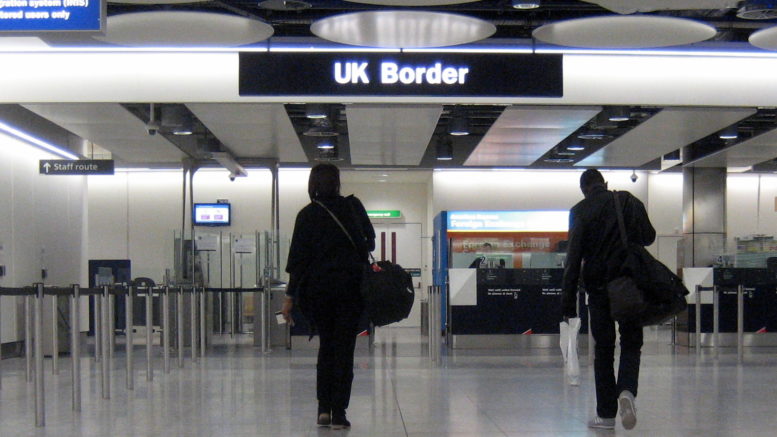It was the Immigration Act 2014 which introduced the Right to Rent scheme, to try and stop illegal immigrants obtaining a privately rented property. There are anomalies, which make it extremely difficult for a private landlord to grasp what the legislation means, and to fear that they will be subject to very heavy penalties, should they transgress the legislation.
Someone who enters the country as an Asylum Seeker will be given permission by the Home Office, until a decision has been made whether they should be allowed to stay in the country, though generally speaking, the Home Office will provide them with accommodation with a limited number of providers – SERCO won a contract to provide accommodation, as did others and certain local authorities will also use their under-used stock to provide homes in the short term. These providers play an active role, as the asylum seekers live under special conditions – they are not entitled to normal benefits until their case is decided, so properties must have some furniture and some of the basic necessities so they can exist.
Another anomaly is where a landlord has given a tenancy to an illegal immigrant before the Right to Rent was introduced, which was in the Midlands from October 2014. It expanded to the rest of England from 1st February, 2016. A tenant may have had the Right to Rent at the commencement of the tenancy, but then had his visa expire. He should, of course, leave the tenancy, but he may stay put! At that stage, though the landlord may have had no wish to keep a tenant, there illegally, he would have had great difficulty in evicting someone who, in normal circumstances, may have seemed an ideal tenant. Immigration status did not provide a ground for eviction.
The 2016 Act should change that. Landlords will be able to apply to the Home Office for a notice which confirms that the tenant is not entitled to rent in the UK because of their immigration status. When a landlord receives this, he will be expected to take action to remove the tenant from the property. This may be without a Court Order, though will almost certainly not be as easy as could be hoped.
New criminal offences have been introduced to tackle the landlords who choose not to do Right to Rent; they may therefore exploit these vulnerable people, offering vastly over-crowded accommodation or a ‘bed in a shed’.
Under section 39, Landlords commit a criminal offence if:
- Their premises are occupied by an adult who is disqualified as a result of their immigration status form occupying premises under a residential tenancy agreement or
- If they have reasonable ground to believe that their tenant no longer has the requisite immigration status to be allowed to rent, but continue to allow them to do so.
Section 40 is a new provision allowing landlords to evict a tenant where the Secretary of State has provided them with a written notice of their tenants’ invalid immigration status.
Section 41 further amends grounds for possession to include mandatory grounds for possession if the individual is over 18 years of age and does not have valid leave to rent a property. The new Section 8 notice, to be used from 1st December 2016, allows for a new mandatory ground, 7B, under section 33(D)(3) which allows for the changes brought about by the Immigration Act 2014.
Clearly, renting to those disqualified from renting due to immigration status is perceived as a major problem. At least landlords now have the means of checking immigration status and of ending their tenancy, when they find their tenant has no right to be that – their tenant!
For advice on buy to let issues – General Knowledge








Be the first to comment on "The Immigration Act 2016"